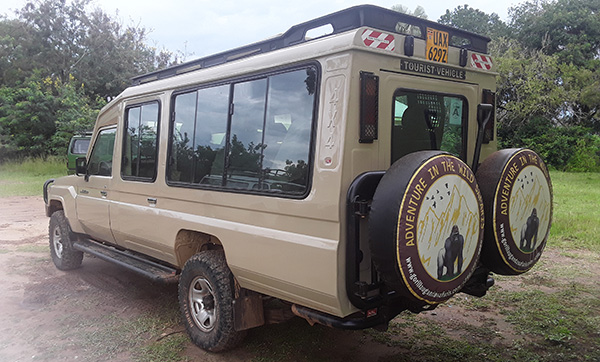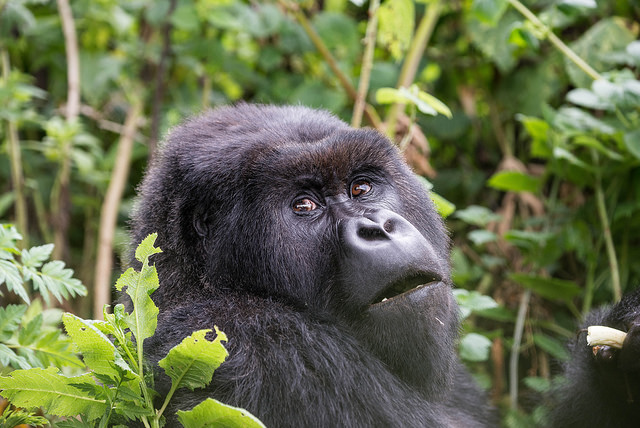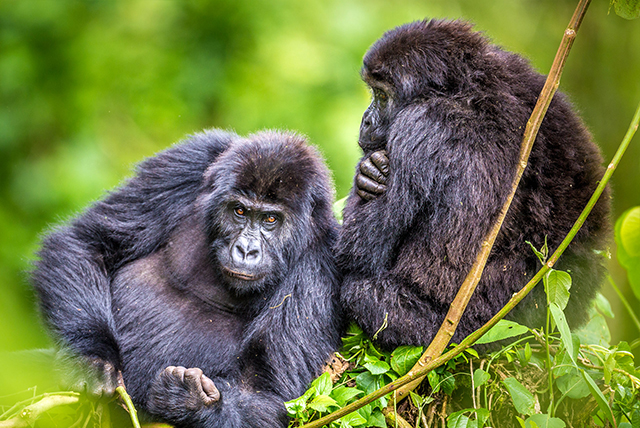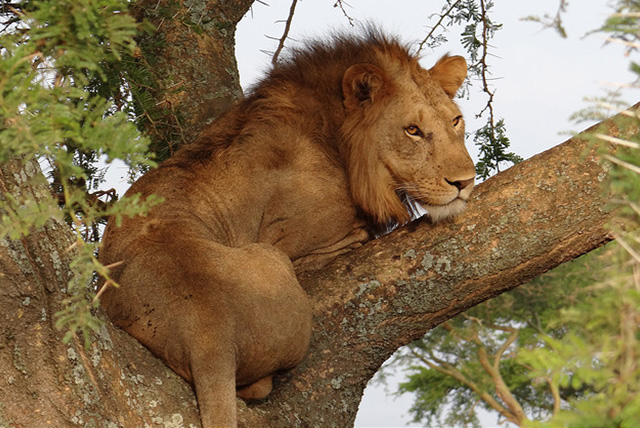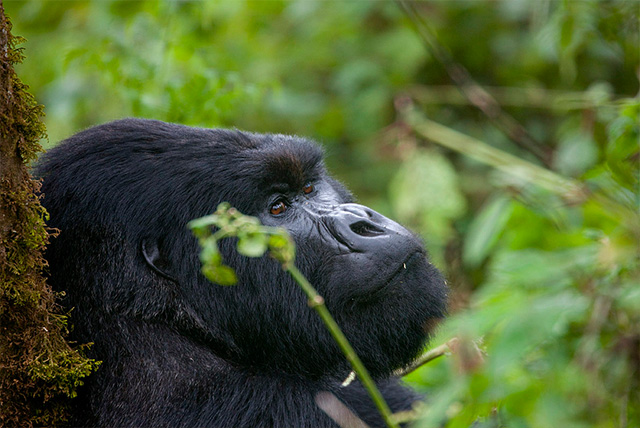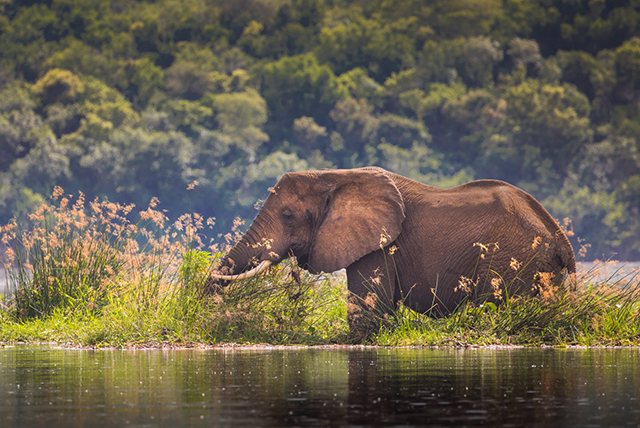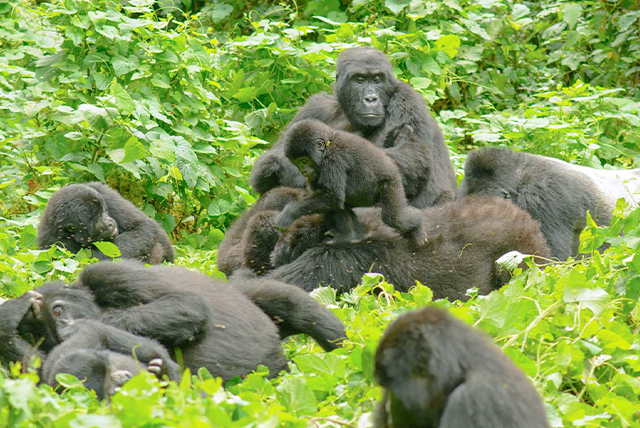How much does a Zimbabwe safari cost?
What is the Price of a Safari in Zimbabwe?
Typically, a budget safari in Zimbabwe is priced at $325 (USD), while a mid-range experience comes in at $500, and a premium safari is around $700, all calculated per person per day. Many visitors to this destination often opt for luxurious safaris, yet there are ways to explore without breaking the bank.
Typical Expenses for a Safari in Zimbabwe (USD per person per day)
The costings table here provides a glimpse into the expenses associated with an average safari in Zimbabwe, tailored to your travel preferences. This table helps you effortlessly align your daily budget with the type of Zimbabwe safari that suits your financial plan. It’s wise to steer clear of the rainy season (November to March) when numerous camps shut down.
10 Elements Shaping the Price of a Zimbabwe Safari
The overall expense of a safari in Zimbabwe can fluctuate significantly based on various elements. The key factor to consider is the remoteness of the area you plan to explore. With the number of safari visitors to Zimbabwe staying relatively low, the distinctions between high and low season are rather subtle.
1 Duration of visit
Park entry fees are applied on a 24-hour basis and remain the same regardless of how long you explore the park. If you embark on a fully organized safari in Zimbabwe, as many travelers do, you might discover some daily savings the longer you stay on your adventure, though the difference isn’t particularly substantial.
2 Quality of lodging experience
Years of political mismanagement led to a significant decline in safari tourism, causing much of the safari infrastructure to fall into disrepair. With the country finding its footing, explorers are beginning to venture back, and fresh lodgings are emerging on the horizon. Currently, choices are somewhat restricted compared to many safari destinations, focusing heavily on secluded, high-end camps that come with a price tag of hundreds of US dollars per night. On the flip side, many prominent parks offer public campgrounds or affordable camping options either inside the park or nearby.
3 Where the lodgings are situated
Staying within a national park typically comes with a higher price tag compared to accommodations just outside its borders (and there may be additional park fees as well). However, the perks of being inside the parks include a more immersive wilderness experience and the convenience of not spending precious safari hours traveling to the protected area during the early morning and evening. If you have the means, it is definitely worthwhile to remain inside the park boundaries.
4 Team size
With fewer visitors around, large group safaris are quite rare. Many structured safaris cater to small groups seeking mid-range and luxury experiences, with mid-range options starting around US$200 per person per day and luxury offerings typically costing about twice that amount. Nonetheless, certain budget operators are offering rates starting at approximately US$150 per person per day for a medium-sized group. The exciting aspect of budget safaris in Zimbabwe is that the operators are generally dependable and put in great effort to ensure satisfaction. As always, a smaller group size tends to lead to higher costs per person and per day.
5 When you feel the urge to embark
Zimbabwe offers an exciting safari experience throughout the year, with the best opportunities for wildlife viewing occurring from May to late September during the Dry season. From a tourism perspective, the peak season runs from July to September, coinciding with school holidays. During this period, prices tend to increase, particularly near Vic Falls. The Wet season spans from November to March, offering a tranquil and budget-friendly experience, although some camps may be closed during this period. The ideal months for an unforgettable safari in Zimbabwe are May to June and October. The parks are serene right now, with prices a bit more affordable than during peak season, and the opportunities for wildlife observation are excellent.
6 Your mode of transportation
Zimbabwe is a vast land, where the roadways can be challenging, and the spaces between parks can stretch far and wide. If you are gearing up for an exciting journey to explore several iconic parks, like Hwange and Mana Pools National Parks, flying is the most thrilling way to get there. Internal flights start at a minimum of US$200 per person. If your focus is solely on the Hwange region and Victoria Falls, embarking on an overland journey can be a fantastic way to cut costs significantly.
7 The destination of your choice
Remote parks often require a greater financial investment to reach, and lodging may be restricted to high-end choices. Staying within the Hwange and Vic Falls region, where a diverse selection of lodgings can be found and the competition drives prices down, leads to a more budget-friendly safari experience. Staying in this area also helps keep transport expenses low.
8 Exciting Add-ons
Zimbabwe offers an incredible opportunity for a walking safari, with knowledgeable guides ready to lead you through its stunning parks. Be sure to account for the additional fee associated with a walking safari when planning your budget for a trip to Zimbabwe. Vic Falls stands as Africa’s ultimate hub for thrill-seekers, and you’ll probably want to include bungee jumping, white-water rafting, swimming in the Devil’s Pool, or paragliding in your plans. The price for each of these experiences ranges from US$110 to US$160 per person.
9 Excursions
If you have taken a flight to or from Vic Falls, it is quite easy to incorporate a thrilling safari in a nearby country like Zambia, Botswana, or Namibia. If you’ve traveled to Zimbabwe through South Africa or Kenya, it’s simple to enhance your journey home with a stop in Cape Town or an exciting safari or beach getaway in Kenya. Each of these will certainly impact your budget quite a bit.
10 Unique passions
For an experience that’s truly one-of-a-kind, embark on a multiday canoe safari down the Zambezi River through Mana Pools NP. Many of these experiences span three days, featuring canoeing alongside exhilarating walking safaris by the river. These expeditions offer a true experience that may not be for everyone. All are operated by esteemed and knowledgeable safari companies with expert guides, and none are inexpensive.

